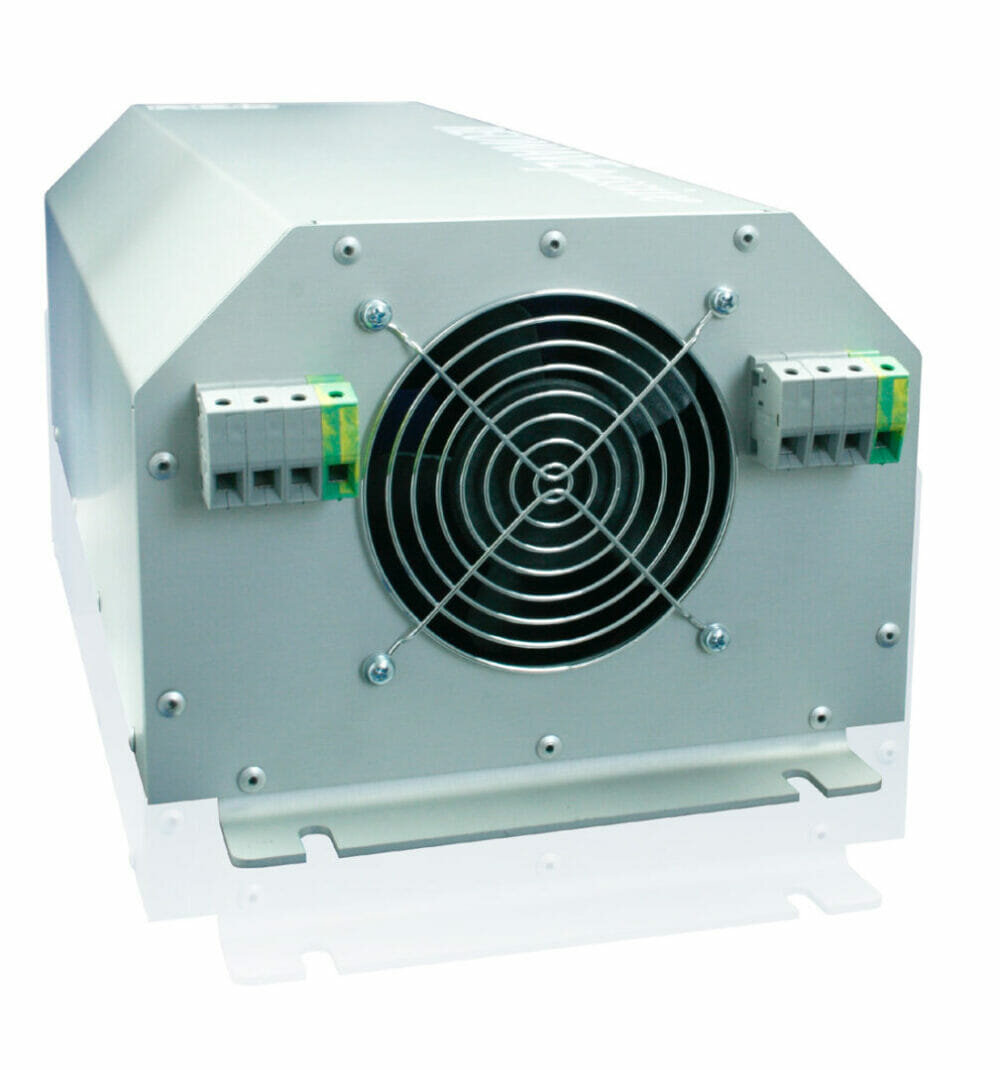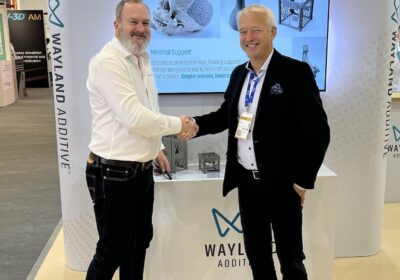How minimising harmonic interference leads to more efficient power consumption and a drop in energy used
Contrary to what many think, not all harmonic interferences are bad. For example, the characteristic crunchy sound of the Marshall amplifiers that are seen at most rock and metal music shows is actually harmonic interference-laden noise. However, when it comes to power quality in variable speed drives (VSDs), harmonic issues have no distinct benefit and lead to lower operating efficiencies and higher energy costs. Here Steve Hughes, managing director of harmonic filter specialist REO UK, explores how engineers can control harmonic issues in VSDs.
Harmonics are current or voltage waveforms on an electricity network that have a different frequency than the network frequency. For example, a 250 Hz frequency: 5th waveform on a 50 Hz network represents energy that cannot be used by connected devices.
These harmonics pollute networks and consume energy that devices on the network cannot use, causing decreases in overall power efficiency and an increase in energy bills. This is particularly challenging in the current climate, with energy prices constantly rising to unprecedented levels because of geopolitical issues beyond any businesses’ control.
Harmonic issues in VSDs
VSDs create harmonic current waveforms because of the conversion of incoming AC 50 Hz waveforms into a DC source for the output stage to create pulse width modulated pulses that control the AC motor. The switching from AC to DC and back create current waveforms that are multiples of the network frequency, 50 Hz. The impact of these frequencies can be controlled using passive harmonic filters, which are essentially inductors, to block all unwanted frequencies from entering the network.
Inductors work by using impedance to block all frequencies above the desired 50 Hz from entering the network. This means all energy on the network can be consumed by the device and overall operational efficiency is not harmed by the harmonics. As frequencies of the harmonics increase, the inductor will present more impedance to block them from travelling through the circuit.
REO supplies harmonic filters that can be used to reduce the total harmonic distortion (THD) on a network using inductors. In most cases, the THD can be reduced to less than five per cent using this technology. This creates the potential for significant energy cost savings as operational efficiency is increased, with nearly all power on the network able to be consumed by connected devices when using the filter. This also increases the electrical system’s service life, reducing downtime and the associated maintenance costs.
In terms of applications, harmonic filters are best suited for use in systems where the load is constant, or above 50 per cent of the rated load. For example, a typical heating or ventilation system where it is always on or off and there is no variance in load. Systems with constant operations will deliver a faster payback and a superior return on investment.
As global efforts to reduce carbon emissions lead to increasing electrification of industrial systems, harmonic disruptions on networks will become an increasingly common occurrence. This means it is more important than ever that industry takes steps to control THDs or the damage to networks will also become a more common occurrence. To prevent this damage from disrupting ongoing operations, investing in devices such as harmonic filters is becoming a no-brainer. To find out more about REO’s range of harmonic filters, visit reo.co.uk/harmonic-filters1








